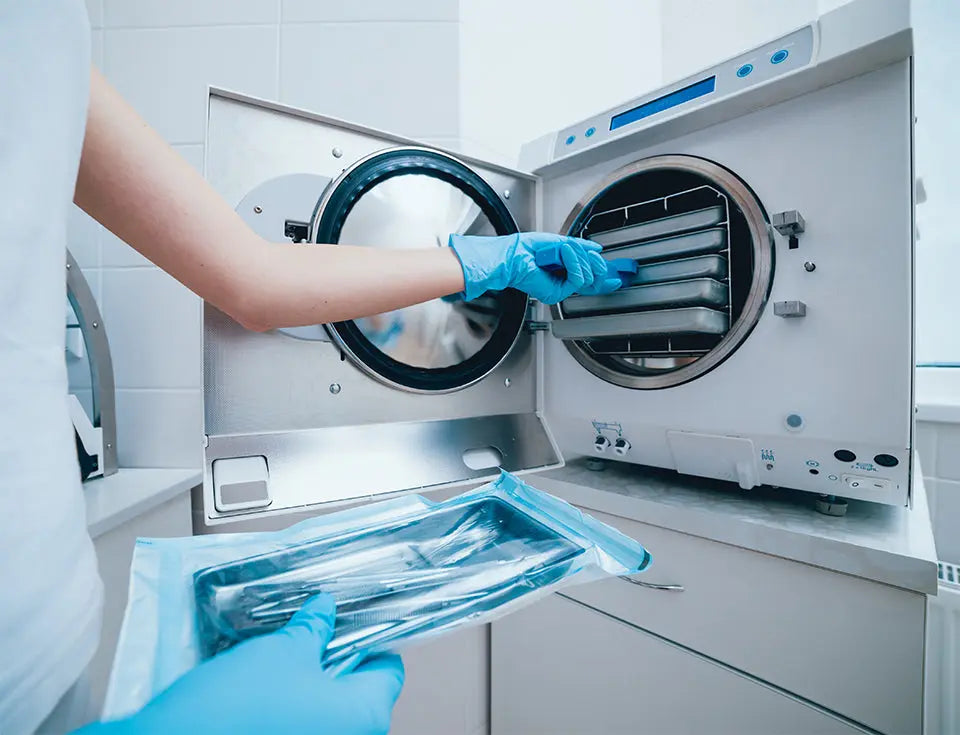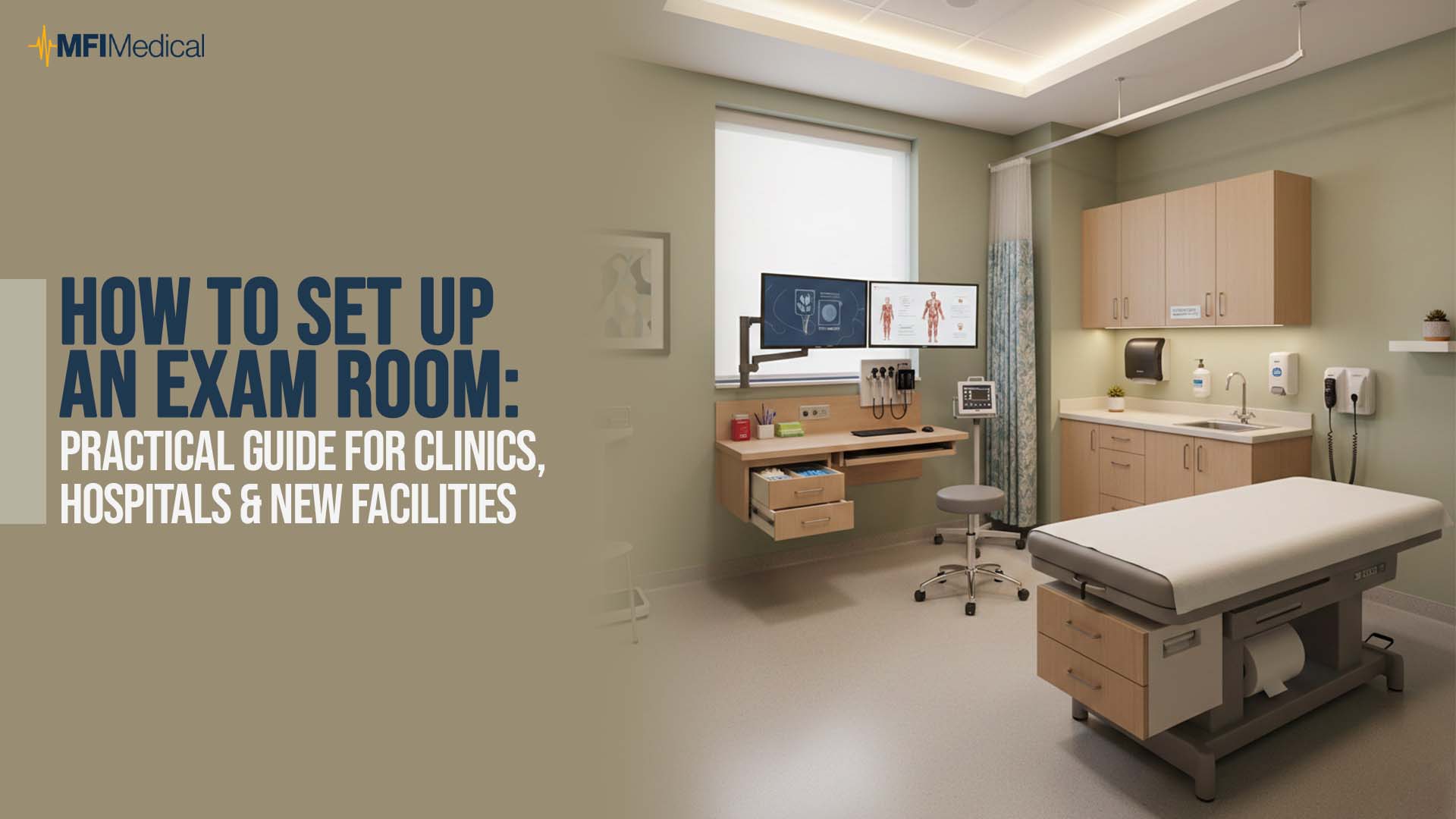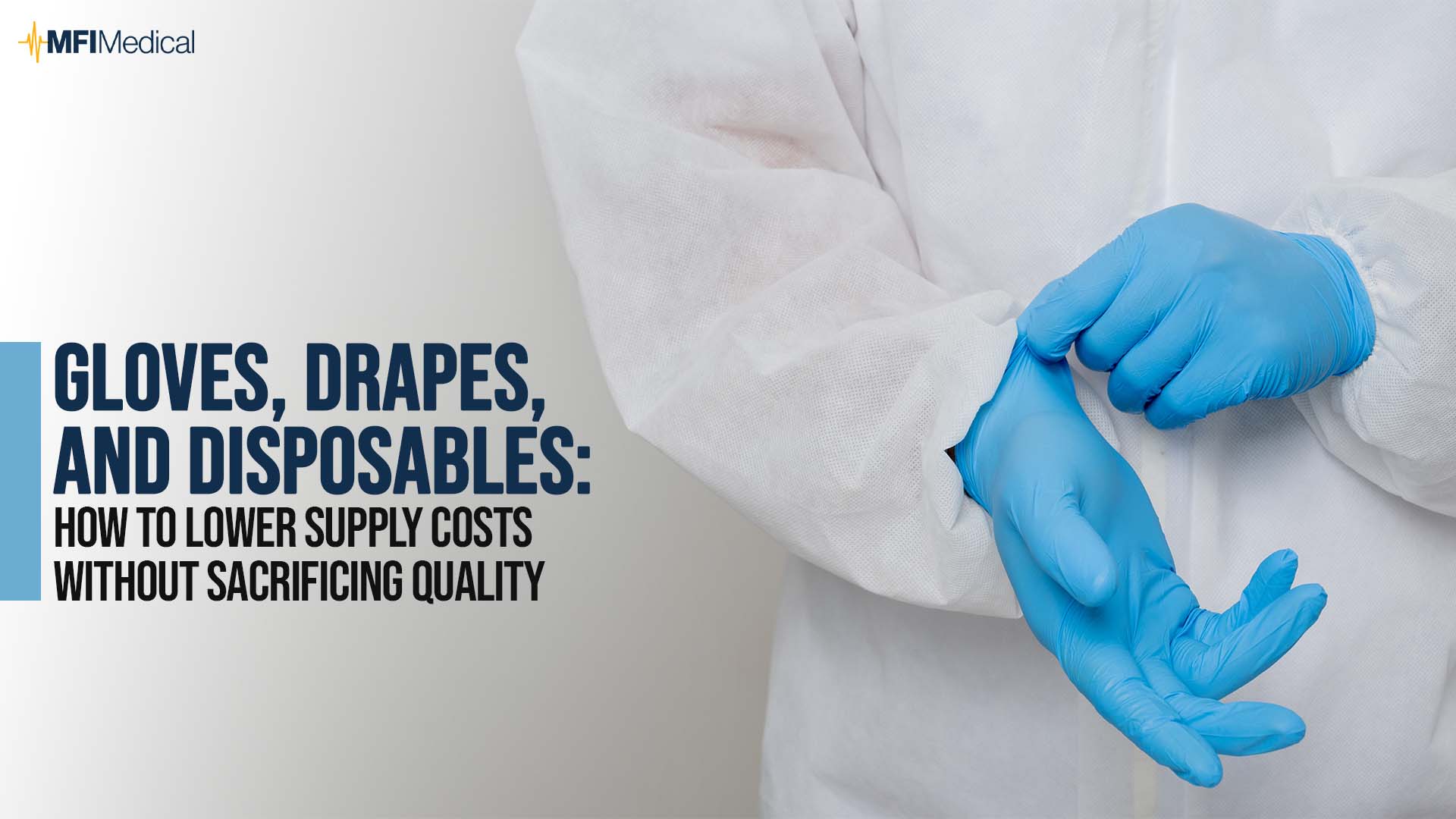You’re the proud new owner of a tabletop autoclave or dry heat sterilizer! But now you have an expensive piece of equipment that must have regular maintenance. Don't lose your investment. The Centers for Disease Control and Prevention (CDC) has provided detailed guidelines for the proper operation of sterilizers, such as steam pressure autoclaves and dry heat sterilizers, during the sterilization process.
Doctor's offices, large hospitals, urgent care centers, tattoo shops, nail salons, spas, and numerous other facilities require the proper use of sterilization equipment and techniques to provide a safe experience to their patients or customers. These facilities employ experts in their respective fields, but that expertise may not always come with autoclave training. Learning how to use an autoclave or a dry heat sterilizer properly will ensure the sterilization process is never compromised.
It is essential to learn how to use an autoclave properly to never jeopardize your sterilization process. The sterilization process begins with preparing the instruments and ends with the proper storage. Sterilization guidelines are established by organizations such as the Association for the Advancement of Medical Instrumentation (AAMI) and the CDC for public health and safety. Having a proper sterilization process in place is imperative in any facility that requires sterilization. Luckily, these steps are easy to implement and remember. Here are 3 easy tips for using an autoclave.
1. Clean instruments prior to sterilization
Removing visible material from objects to be sterilized is important before loading instruments into the sterilizer; this is usually accomplished manually or mechanically using water with detergents or enzymatic products in an ultrasonic cleaner, such as these enzymatic cleaners by Midmark. According to the CDC, “Thorough cleaning is essential before high-level disinfection and sterilization because inorganic and organic materials that remain on the surfaces of instruments interfere with the effectiveness of sterilization processes. Decontamination removes pathogenic microorganisms from objects, so they are safe to handle, use, or discard.”
MFI Medical recommends using an ultrasonic cleaner to easily remove dirt and debris from instruments without much manual effort. Such as the Mettler Cavitator Ultrasonic Cleaner. Simply load your instruments into the ultrasonic cleaner with the appropriate enzymatic cleaner, let it do its work, and now your items are ready to be sterilized! No need to manually clean each instrument. Find MFI Medical's collection of ultrasonic cleaners here.
2. Package and load instruments correctly
Now that your instruments are prepared and ready to be sterilized, it’s time to get them loaded into the autoclave and packaged. Packing and loading your autoclave correctly is a simple yet important step, as improperly packaging and loading instruments can lead to gaps in the sterilization process.
It is important not to crowd instruments on the instrument trays/baskets and to follow these basic packaging and loading guidelines as provided by the CDC, AAMI, and other professional organizations:
- Hinged instruments should be opened, and items with removable parts should be disassembled.
- Devices with concave surfaces should be positioned to facilitate drainage of water.
- When loading instruments, allow for proper sterilant circulation.
- Perforated trays should be placed so the tray is parallel to the shelf.
- Nonperforated containers should be placed on their edge (such as basins).
- Small items should be loosely placed in wire baskets.
- Peel packs should be placed on edge in perforated or mesh bottom racks or baskets.
“There are several choices in methods to maintain sterility of surgical instruments, including rigid containers, peel-open pouches (such as self-sealed or heat-sealed plastic and paper pouches), roll stock, or reels,” according to the CDC. When looking for an ideal sterilization wrap, look for how the wrap addresses barrier effectiveness, penetrability, aeration, ease of use, drapeability, flexibility, puncture resistance, and tear strength.
Accessories such as pouches, baskets, racks, and removal tools make your sterilization process smooth and efficient. You can find all sterilizer and autoclave accessories MFI Medical carries in our online collection here. Including Self-Seal Nylon Pouches (100/Box) by CPAC and CPAC SteriSure Dry Heat Sterilizer Bag (250/Box) for dry heat sterilizers, McKesson Self-Sealing Autoclave Pouch, and much more.
3. Monitoring and Storage
So now you’ve cleaned and prepped your instruments, placed them evenly and correctly in the sterilizer, ran the sterilizer cycle, and now they are ready to be removed. You may not need to use these instruments right away, so the adequate removal and storage of sterilized instruments is critical to maintaining proper sterilization. The CDC recommends closed or covered cabinets, but open shelving may be used for storage. “Any package that has fallen or been dropped must be inspected for damage to the packaging and contents (if the items are breakable). If the package is heat-sealed in impervious plastic and the seal is still intact, the package should be considered not contaminated."
In addition to proper storage, monitoring the sterilization process to ensure sterility is essential to ensuring an effective process; this includes mechanical and biological indicators. Mechanical indicators include checking cycle time and temperature by examining the temperature record chart (or computer printout) and assessing pressure via the pressure gauge. A log can help your facility keep track of this.
You can’t be sure it’s working until you test it! Biological indicators are the most widely recognized as being the best monitors of the sterilization process. Sterilizing eliminates all forms of microbial life in comparison to disinfecting that eliminates most pathogenic organisms except for bacterial spores. Using a biological indicator, such as spore tests, gives you the ability to verify that you and your sterilizer have correctly followed the necessary steps to sterilize your instruments. If spores are present, this indicates you have not reached sterilization, and your process has been compromised. MFI Medical recommends the CPAC SteriDent Spore Test Monitoring Service Dry Heat or Steam. The CDC recommends you should do a spore test weekly minimum.
These 3 easy tips, if followed regularly, will help maintain the cleanliness, operation, and overall life expectancy of your steam pressure autoclave or dry heat sterilizer. If you have any other questions on how to properly maintain your particular autoclave, MFI Medical's team of experts is ready to assist! Contact us today for your sterile processing needs.




